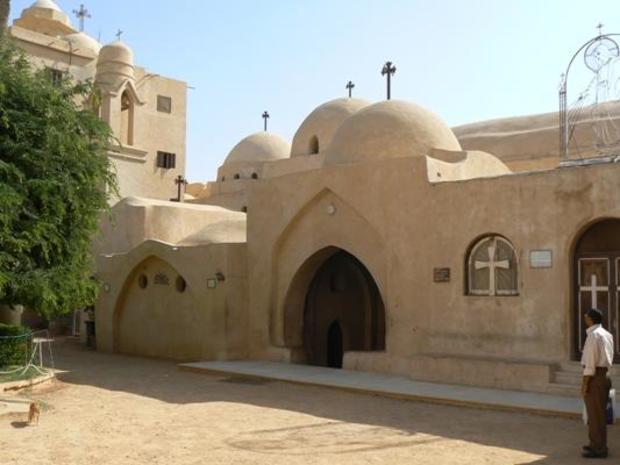Cairo — Every year on the first of June, Egypt’s Coptic Orthodox Church and its members commemorate the holy family’s escape to Egypt. According to the Biblical story, the Archangel Gabriel visited Joseph and told him to flee with his baby Jesus and his wife Mary to Egypt, to hide from King Herod of Judea, who would search for the child to kill him.
The holy family is believed to have arrived in Egypt through Rafah, in the northeast of Egypt, and then moved across the country from place to place. During their 2,000-mile journey, they’re believed to have made about 25 stops in eight of Egypt’s modern-day governorates, or provinces.
Their stay in the country is thought to have lasted three or four years, before the Bible says the archangel revisited Joseph to inform him that Herod was dead and it was safe to return to what is today Israel.
The Egyptian Ministry of Tourism and Antiquities has been working since 2014 on developing and restoring all 25 locations along their path, hoping to lure visitors to travel the same route. Officials aim to get all of the sites registered on the UNESCO World Heritage List.
Last week, the ministry finished restoring and developing one of the locations, a site with four monasteries in Wadi Al-Natroun, in the northern governate of Beheira.
During the holy family’s stay in what is today the capital of Cairo, they’re said to have sheltered in a cave located in the Roman Fortress of Babylon. Some say they just rested there, some say they stayed for a short time, and others say the family of three lived there for several months.
At that site, above the cave, there now stands the Church of Saint Sergius and Bacchus, or Abu Serga. Like much of the region’s history, given the extent to which it has become intertwined with religious believes, the actual date of the church’s construction remains murky.
Scholars debate whether it was built during the 4th or 5th centuries, or as late as the 17th or 18th. Like many early Christian churches, Abu Serga was designed in a basilica layout with three primary parts: a narthex, nave, and sanctuary. The old cave is below the sanctuary.
The tourism ministry has been promoting a 3D virtual tour of the church, where you can see the well from which the holy family is said to have drunk, the cavern where they stayed, and the spot where baby Jesus apparently slept.
Of all the sites along the trail, “there are nine locations that don’t have antiquities or archaeological evidence,” project coordinator Adel El-Gendy, of Egypt’s Tourism Development Authority, told CBS News. “We will use virtual reality and lighting systems to help visitors imagine the scene.”
El-Gendy said his team would have all 25 locations along the “Holy Family Trail” finished and ready to welcome visitors by the end of 2022.
Egypt’s tourism industry is trying to get back on its feet after the shock of the COVID-19 pandemic, but the war in Ukraine has dealt a fresh blow. Russians and Ukrainians represented a significant proportion of the foreign tourists visiting the country before those calamities struck.




